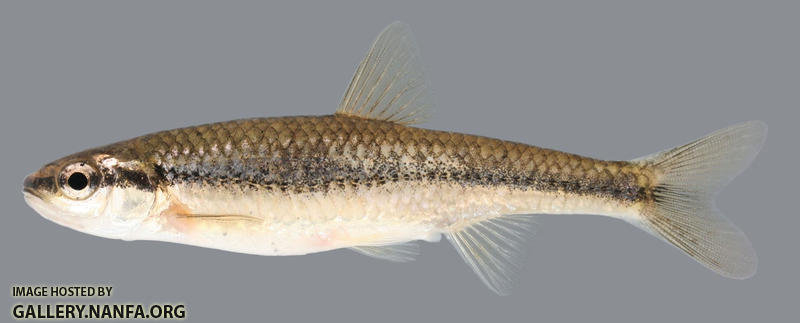Above photo from the Big Piney in Missouri in April
Above photo from a Spring River trib in Missouri

Above photo from Jo Davies county Illinois

Above photo from Jo Davies county Illinois
When comparing the first two photos, they appear rather similar to me aside from nuptial color but more importantly posterior scale coloration. Perhaps scale coloration difference is a result of breeding color? Perhaps these are not the same fish?
When comparing the last two photos they appear nearly identical aside from nuptial coloration.
Comparing the first two photos against the last two photos, I see a significant difference in snout length and shape (Missouri fish have a longer and more rounded snout compared to "Illinois" fish). I also see the eye of the Missouri fish appears smaller that Illinois fish. Missouri fish seem to have less pigmentation around the lateral line.
I guess I'm curious if this is a correct ID (If not, this thread is in the wrong forum and I apologize) and if so, what information can folks share about these differences. Does anyone have N. nubilus photos to compare?
Sorry, I don't have any vouchers to reference, only these photos and thanks in advance.







